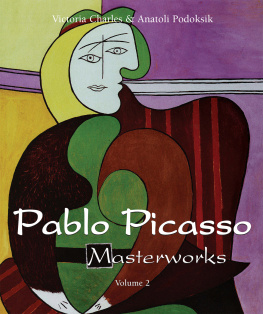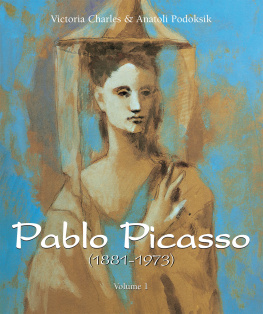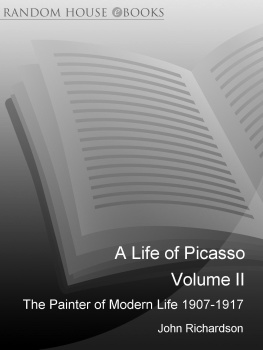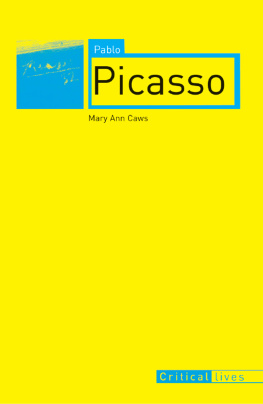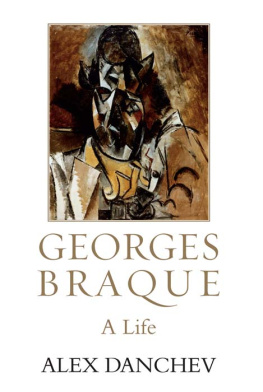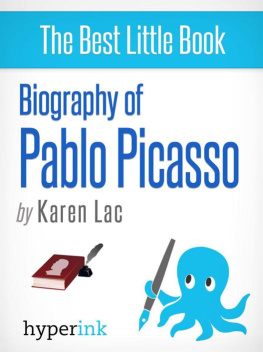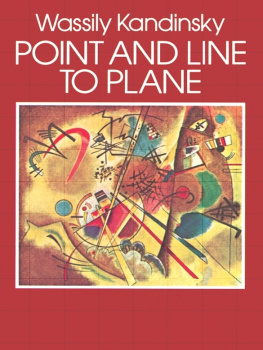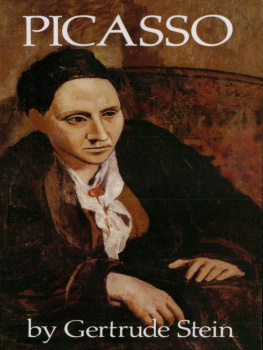Authors: Guillaume Apollinaire, Dorothea Eimert, Anatoli Podoksik
Layout:
Baseline Co. Ltd
61A-63A Vo Van Tan Street
4 th Floor
District 3, Ho Chi Minh City
Vietnam
Confidential Concepts, Worldwide, USA
Parkstone Press International, New York, USA
Alexander Archipenko, Artists Rights Society, New York, USA
Georges Braque Estate, Artists Rights Society (ARS), New York, USA/ ADAGP, Paris
L&M Services B.V. Amsterdam 20051203
Artists Rights Society (ARS), New York, USA/ ADAGP, Paris/
Succession Marcel Duchamp
Albert Gleizes Estate, Artists Rights Society (ARS), New York, USA/ ADAGP, Paris
Henri Laurens Estate, Artists Rights Society (ARS), New York, USA/ ADAGP, Paris
Henri Le Fauconnier
Fernand Lger Estate, Artists Rights Society (ARS), New York, USA/ ADAGP, Paris
Jacques Lipchitz
Jean Metzinger Estate, Artists Rights Society (ARS), New York, USA/ ADAGP, Paris
Estate of Pablo Picasso/ Artists Rights Society (ARS), New York, USA/ ADAGP, Paris
Jacques Villon Estate, Artists Rights Society (ARS), New York, USA/ ADAGP, Paris
All rights reserved.
No part of this publication may be reproduced or adapted without the permission of the copyright holder, throughout the world. Unless otherwise specified, copyright on the works reproduced lies with the respective photographers. Despite intensive research, it has not always been possible to establish copyright ownership. Where this is the case, we would appreciate notification.
ISBN: 978-1-78310-387-4
Guillaume Apollinaire, Dorothea Eimert, Anatoli Podoksik
CUBISM

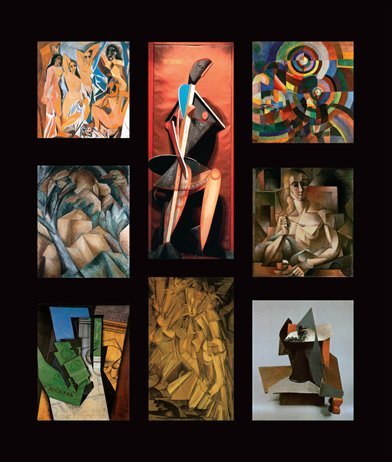
Contents

Pablo Picasso, LesDemoisellesdAvignon, 1907.
Oil on canvas, 243.9 x 233.7 cm .
The Museum of Modern Art, New York.
I. Aesthetic Meditations on Painting: The Cubist Painters by Guillaume Apollinaire
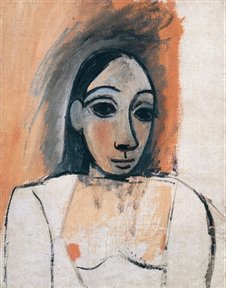
Pablo Picasso, Bust of a Woman
(study for Les Demoiselles dAvignon), 1907.
Oil on canvas, 58.5 x cm .
Muse Picasso, Paris.
I
The plastic virtues, purity, unity and truth, hold nature down beneath their feet. In vain the rainbow is bent, the seasons vibrate, the crowds rush on to death, science undoes and remakes that which already exists, whole worlds withdraw forever from our conception, our transitory images repeat themselves or revive their unconsciousness, and the colours, odours, sounds which follow astonish us, then disappear from nature.
This monster of beauty is not eternal.
We know that our breath has had no beginning, and will have no end, but we conceive first of all the creation and the end of the world.
Nevertheless, too many artists still adore plants, stones, waves, or men.
One quickly becomes accustomed to the bondage of the mysterious. And this servitude ends by creating soft leisure.
One allows the labourer to dominate the universe, and gardeners have less respect for nature than the artists.
It is time to be masters. Good will does not insure victory.
The mortal forms of love dance on this side of eternity, and the name of nature sums up their accursed discipline.
The flame is the symbol of painting, and the three plastic virtues radiate in burning.
The flame is of a purity which tolerates nothing alien, and cruelly transforms in its own image that which it touches.
The flame has a magic unityif it is divided, each spark is like unto the single flame.
It has, finally, the sublime truth of its own light, which no one can deny.
In spite of natural forces, the virtuous artist painters of this occidental epoch contemplate their purity.
It is forgetfulness after study. And, if a pure artist should ever die it would be necessary that all those of the past ages should not have existed.
In the Occident, painting purifies itself with this ideal logic which the old painters have transmitted to the new as if they had given them life.
And that is all.
No one can carry his fathers body everywhere with him. He abandons it to the company of the other dead. And he remembers it, regrets it, speaks of it with admiration. And, if he becomes a father himself, he must not expect any of his children to multiply themselves for the life of his corpse.
But, it is in vain that our feet detach themselves from the soil that holds the dead.
To contemplate purity is to baptise instinct, to humanise art, and to deify personality.
The root, the stalk and the flower of the lily show the progress of purity to its symbolic bloom.
All bodies are equal before the light and their modifications come from this luminous power which moulds them according to its will.
We do not know all the colours, and each man invents new ones.
But the painter must, above all, become himself the spectator of his own divinity, and the pictures which he offers to the admiration of men will confer upon them also the glory of exercising for the moment their own divinity.
For this it is necessary to embrace at a glance the past, present and future.
The canvas should present that essential unity which alone can produce ecstasy.
Then, nothing transient will be dashed off at random. We will not suddenly be turning backwards. Free spectators, we will not give up our life because of our curiosity. The salt smugglers of appearances will not be able to pass our statues of salt before the custom house of reason.
We will not go astray in the unknown future, which, separated from eternity, is only a word designed to tempt man.
We will not exhaust ourselves seizing the too fugitive present, for fashion after all can only be for the artist the mask of death.
The picture will exist inevitably. The vision will be entire, complete, and its infinity, instead of marking an imperfection, will only bring out the relation between a new creature and a new creator, only this and nothing more. Otherwise there will be no unity, and the connection which the different points of the canvas have with different geniuses, with different objects, with different lights, will show only a multiplicity of inharmonious dissimilarities.
For, if there can be an infinite number of creatures, each one attesting to its creator, with no creation to block the extent of those coexistences, it is impossible to conceive of them at one and the same time, and death is the result of their juxtaposition, of their mingling, of their love.
Each divinity creates after his own image: so too, the painters. And it is only photographers who manufacture reproductions of nature.
Neither purity nor unity count without the truth, which cannot be compared to reality, since truth is always the same, outside all nature, which exerts itself to hold us within the fatal order of things wherein we are only animals.

Pablo Picasso, Nude (Bust),


